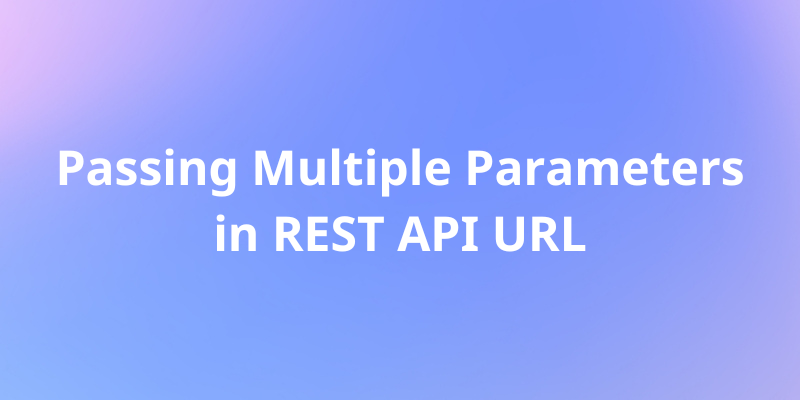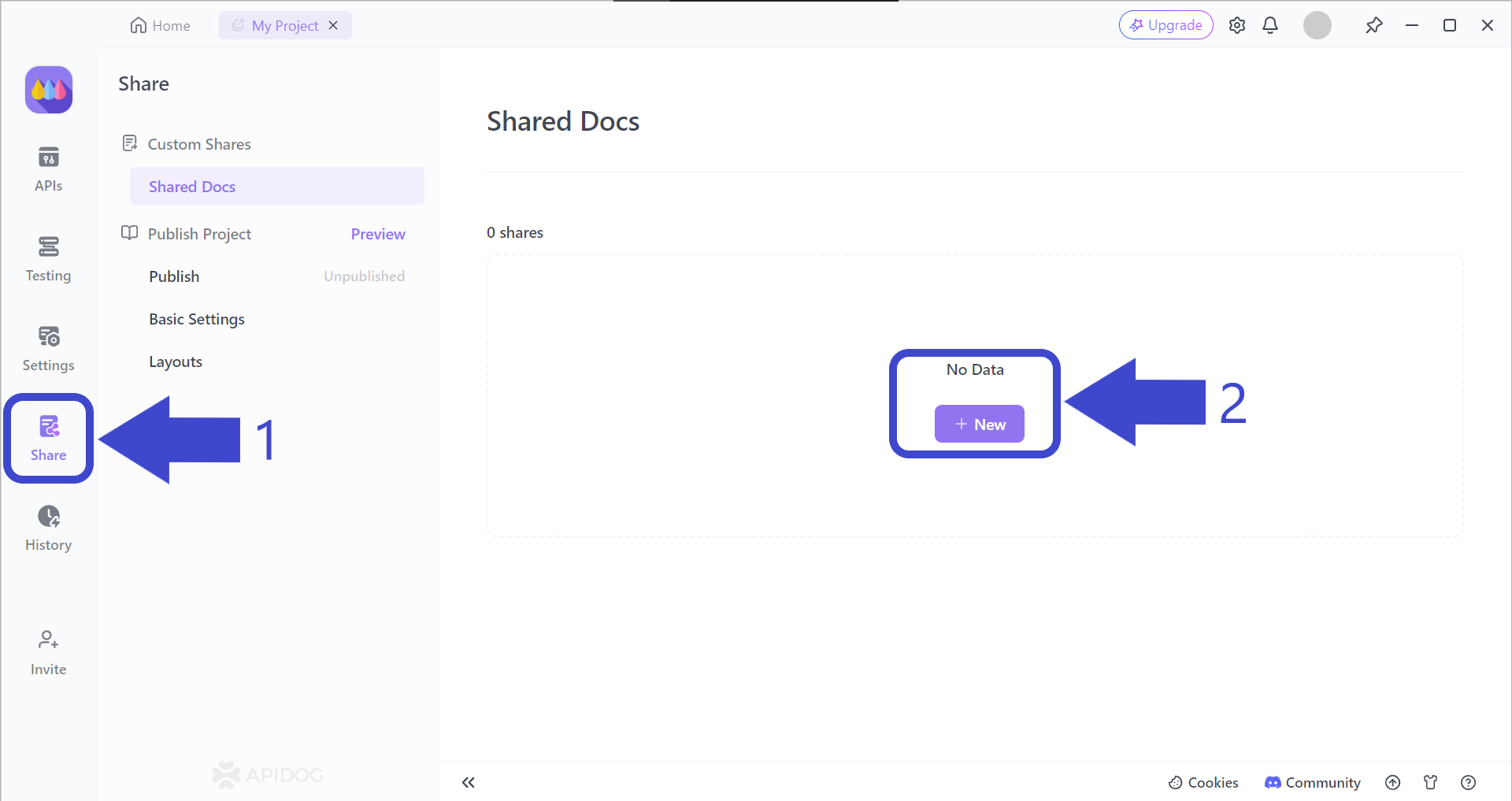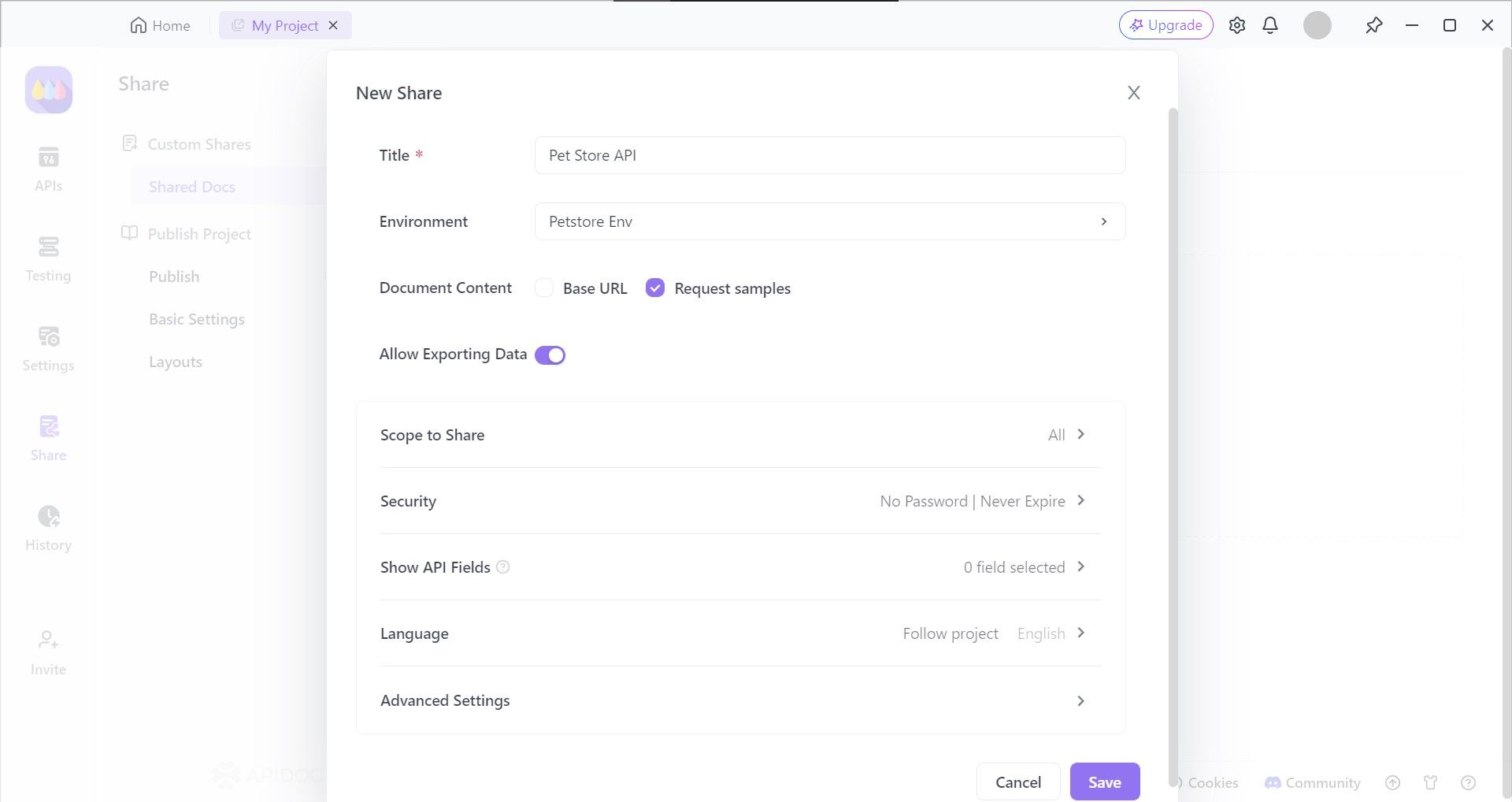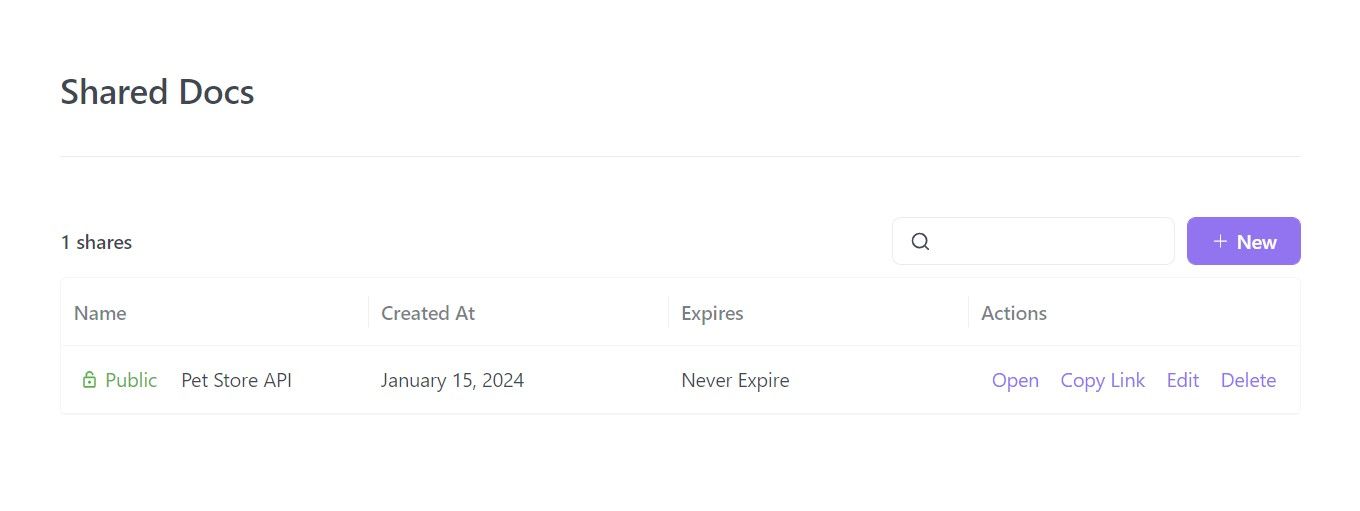The primary driving force behind every application that has powerful and unique features is none other than APIs (Application Programming Interfaces). To understand how to implement APIs first requires developers to understand how to interact with them.
Introducing you to Apidog, a comprehensive API tool that allows you to document API endpoints automatically with detail. Within a few clicks of your cursor, you will have your API endpoint documentation in no time.
So, what are you waiting for? Get Apidog today by clicking on the button below! 👇 👇 👇

Before diving straight into what API endpoints are, let's first recap on what API endpoints are.
What are API Endpoints?
API endpoints are the access points where APIs can be accessed. They are where users access APIs to utilize the API's functionalities for their processes, data, or both.
These are more elaborate explanations that may help you understand API endpoints better:
- The Designated Gateways: API endpoints are essentially URLs (web addresses) that point to specific resources within an API. These resources can be data sets, functionalities, or actions the API can perform.
- Targeted Communication: Each endpoint serves a distinct purpose. An API for managing user accounts might have separate endpoints for retrieving user information, creating new accounts, or updating existing profiles. Applications use these designated endpoints to request the specific data or functionality they require.
- A Two-Way Dialogue: API endpoints facilitate a two-way communication channel. Applications send requests to specific endpoints, often accompanied by additional information like data or authentication details. The API then processes the request and transmits a response back through the endpoint. This response might be the requested data, a confirmation message, or an error code.
What is an API Endpoint Documentation?
API endpoint documentation is a guide or handbook that provides developers a source of reference on how to interact with an API's various endpoints. Without them, developers would be lost, and unable to properly implement APIs.
Details on API Endpoint Documentation
- The Blueprint (Reference or Manual): This documentation acts as a blueprint, providing a detailed outline of each API endpoint. It specifies the endpoint's URL, the type of requests it accepts (GET, POST, PUT, DELETE), and the data format it expects or returns (JSON, XML, etc.).
- Parameters Explained: Not all endpoints function the same way. The documentation clarifies any parameters (additional pieces of information) required when making a request. These parameters could be anything from specific IDs to search criteria, allowing for fine-tuned interaction with the API.
- Request and Response Examples: Understanding how to structure requests and interpret responses is crucial. Good endpoint documentation provides illustrative examples for both. Developers can see real-world scenarios of how to interact with the endpoint and what kind of response to expect based on their request.
- Error Handling Made Easy: Even the most robust APIs encounter errors. Endpoint documentation outlines potential error codes and their corresponding meanings. This empowers developers to anticipate and gracefully handle errors within their applications, ensuring a smooth user experience.
- Authentication and Security: Security is paramount when dealing with APIs. Endpoint documentation often details how applications should authenticate themselves to access specific resources. This might involve API keys, tokens, or specific authorization methods.
Real-world Examples of API Endpoint Documentation
Here are some well-regarded API endpoint documentation that you can browse through to understand what good API endpoint documentation looks like:
Slack API Docs
URL: [https://api.slack.com/docs]
Slack offers user-friendly and well-structured documentation, categorizing endpoints and providing clear explanations alongside code samples in various programming languages.
Twilio API Docs

URL: [https://www.twilio.com/docs]
Twilio's documentation is another excellent resource, offering detailed information on each endpoint, including parameters, authentication methods, and example requests and responses.
GitHub API Docs

URL: [https://docs.github.com/v3]
The GitHub API documentation is known for its comprehensiveness, providing clear explanations and code samples alongside reference guides for different programming languages.
Google Maps Platform Docs

URL: [https://developers.google.com/maps/documentation]
The Google Maps Platform offers extensive documentation with clear explanations, code samples, and interactive playground features for testing API calls directly within the browser.
Apidog - Effortlessly Create Your API Endpoint Documentation
If you are an API developer, chances are you have created your API endpoint documentation. We know the documentation process is extremely difficult and tedious, having to remember every single detail regarding each endpoint.

Get to know Apidog today! Apidog is an all-in-one API development platform that allows users to build, modify, mock, test, and document APIs. With Apidog, you can easily create API endpoint documentation within a matter of seconds!
Specifying API Endpoints When Creating a New API With Apidog
Whenever you are creating an API for the first time, one of the basic components that you should fill in is the API's endpoint. This allows users t understand where to access the API.

Arrow 1 - Fill in the field pointed out by Arrow 1 with the API endpoint that you have in mind. If this is your first time creating your own API endpoint, you can refer to these articles for guidance on passing multiple parameters and query string implementation!


Arrow 2 - Decide what HTTP method you want your API to have. The most common methods are specifically GET, POST, PUT, and DELETE. However, note that each method may require parameters and IDs in the URL.
At this stage, you can also decide whether you want your API to adhere to the REST (Representational State Transfer) architectural style. To know more about REST APIs, how to make them, and the best tools to help you create it, check out these articles:


Arrow 3 - Explain the API details thoroughly by including the request parameters, response parameters, and example responses below. It is strongly recommended to have everything filled in as every variable will be included in the API endpoint documentation.
Generate Descriptive API Endpoint Documentation with Apidog
With Apidog, you can quickly create reliable API endpoint documentation that developers can trust whenever they are confused about your API.

Arrow 1 - First, press the Share button on the left side of the Apidog app window. You should then be able to see the "Shared Docs" page, which should be empty.
Arrow 2 - Press the + New button under No Data to begin creating your very first Apidog API documentation.
Select and Include Important API Documentation Properties

Apidog provides developers with the option of choosing the API documentation characteristics, such as who can view your API documentation and setting a file password, so only chosen individuals or organizations can view it.
View or Share Your API Documentation

You can now distribute your API endpoint to anyone you want, or post the URL on your API's website to allow potential consumers to see how your API works.
If more details are required, read this article on how to generate API documentation using Apidog:

Conclusion
In conclusion, API endpoint documentation serves as the cornerstone for successful API integration. By meticulously outlining functionalities, parameters, and communication protocols, it empowers developers to interact with APIs effectively. Clear explanations, illustrative examples, and comprehensive error-handling guides ensure a smooth development process.
Investing time in understanding API endpoint documentation unlocks the true potential of APIs, enabling seamless integration and the creation of powerful applications. Ultimately, well-crafted documentation fosters a collaborative environment between API providers and developers, promoting innovation and accelerating the development cycle.
Apidog can be the perfect API tool to quickly get API endpoint documentation online. If you are an API developer yourself, you can also rely on Apidog to build your very own APIs from scratch, allowing you to have the freedom to set all parameters and URL structure to your liking.








